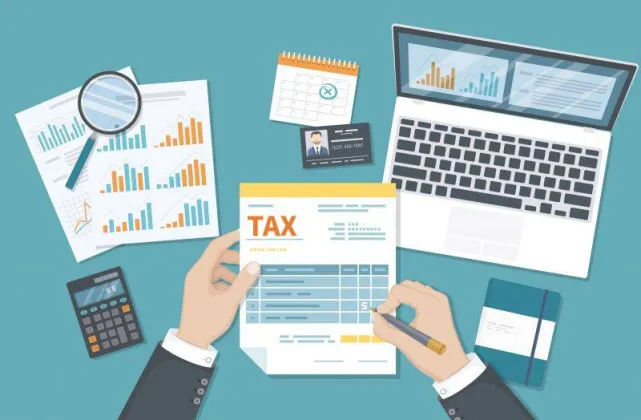
Author: Dr. William J Lossef, DDS | VP of Practice Transitions
Too often, we banker types throw around terms like "cash flow" and "cash flow analysis" as if they were common in everyday conversation. The reality is quite the opposite, and we're doing our clients a disservice if we don't take the time to explain what these terms mean and why they are so important to a successful business.
At its core, cash flow is the difference between the money generated by a business (cash inflow) and the cost to run the business (cash outflow). When considering a small business loan, banks commonly go one step further by incorporating personal obligations as part of the cash outflow. A cash flow analysis measures a company's financial health and a borrower's ability to meet their business and personal obligations. It provides the information upon which lending decisions are based.
To better illustrate why it's important to understand cash flow, let's review an example that shows how a minor change in a borrower's obligations can make the difference between a loan being approved or declined.
For this example, we'll assume that a borrower is purchasing a dental practice that collected $750,000 in 2014. These collections (not production) represent the cash inflow in our cash flow analysis. After deducting all business expenses that will be assumed by the buyer (business cash outflow), the practice showed an operating profit of $247,500 for the year. Business expenses, such as interest payments and auto expenses, are not assumed by the buyer and are therefore not included in the cash flow analysis. This $247,500 is also referred to as the practice's operating cash flow.
Once we've determined the amount of money a borrower can expect to generate from the practice, we factor in the payments on the loan needed to purchase the practice as well as the borrower's personal obligations. These obligations may include payments for mortgages, student loans, autos, credit cards and taxes as well as a cost of living estimate. In our example, the borrower has total obligations of $200,000 (personal cash outflow).
Now that we've accounted for all of the cash inflows and outflows, our cash flow analysis shows that the borrower will have $47,500 in excess of his/her business and personal obligations. To put it another way: for every $1 in business and personal obligations, the borrower will generate $1.24 from the practice. To approve a loan, many banks require that borrowers generate no less than $1.20 for every $1 in expenses. This borrower was close, but at $1.24, the cash flow analysis resulted in an approval!
But what if the borrower's expenses were slightly higher? Today, almost all dental students graduate from dental school with a sizable amount of debt and most are anxious to pay it off. The borrower in the example above chose to pay his/her loans off over 30 years and made annual payments of $48,000. At the time the borrower started repayment, there was a 15-year option at a slightly lower interest rate that required annual payments totaling $72,000. While this alternate option would have saved the borrower some interest, the required larger payment would have reduced the borrower's excess cash flow by $24,000. This minor change would have resulted in the borrower generating only $1.08 for every dollar of expenses and the loan request would be declined.
